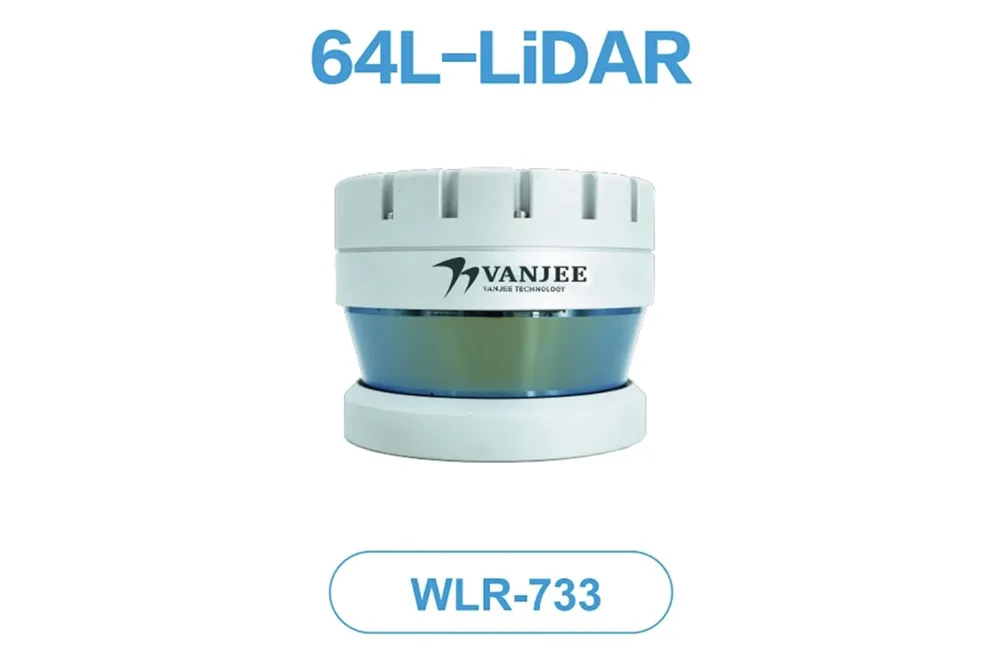REDFLEXred radar, the latest red light and speed enforcement system from Redflex, utilises non-intrusive mapping radar technology and is said to be the first enforcement system to feature true secondary speed verification capability.
REDFLEXred radar tracks the position and speed of up to thirty vehicles at an intersection simultaneously and records two independent speed measurements for every vehicle detected and automatically verifies that they are within the allowable tolerance. It also provides addit
December 4, 2013
Read time: 2 mins
REDFLEXred radar, the latest red light and speed enforcement system from 112 Redflex, utilises non-intrusive mapping radar technology and is said to be the first enforcement system to feature true secondary speed verification capability.
REDFLEXred radar tracks the position and speed of up to thirty vehicles at an intersection simultaneously and records two independent speed measurements for every vehicle detected and automatically verifies that they are within the allowable tolerance. It also provides additional information such as vehicle length, class and lane identification, providing positive, unambiguous vehicle identification.
The proprietary Redflex phase monopulse mapping radar enables the camera to detect and photograph intersection red light, speed or simultaneous red light and speed violations across up to six lanes of traffic. The radar, which uses a low power ultra wide beam antenna, covers a complete intersection and enables the location of a target in X, Y coordinates and its velocity vector to be determined. When combined with Redflex SmartCam, this enables virtual detection lines to be configured in the detection zone and a photo taken when they are crossed.
The system’s flexibility enables it to be configured to detect other traffic infringements such as gridlock, illegal use of dedicated bus lanes and temporary lane closures, illegal lane changing and illegal turns.
REDFLEXred radar has been successfully trialled, tested and approved in Saudi Arabia and the US, where around 63 systems are currently installed. It is also undergoing testing in Australia, Taiwan, New Zealand and Switzerland. The system has also been successfully tested by independent international testing service provider SGS to Swedish speed meter requirements. SGS is NATA accredited to carry out testing of speed measurement devices in Australia, and is one of the few testing providers accredited to perform verification of speed measurement equipment in France.
Says Ricardo Fiusco, Redflex CEO, “The ability to configure virtual detection lines in the enforcement zone, rather than installing in-road sensors, significantly reduces installation time and cost, and combined with a contemporary slim-line enclosure, delivers an unmatched enforcement system that is able to withstand even the most extreme climate conditions.”
REDFLEXred radar tracks the position and speed of up to thirty vehicles at an intersection simultaneously and records two independent speed measurements for every vehicle detected and automatically verifies that they are within the allowable tolerance. It also provides additional information such as vehicle length, class and lane identification, providing positive, unambiguous vehicle identification.
The proprietary Redflex phase monopulse mapping radar enables the camera to detect and photograph intersection red light, speed or simultaneous red light and speed violations across up to six lanes of traffic. The radar, which uses a low power ultra wide beam antenna, covers a complete intersection and enables the location of a target in X, Y coordinates and its velocity vector to be determined. When combined with Redflex SmartCam, this enables virtual detection lines to be configured in the detection zone and a photo taken when they are crossed.
The system’s flexibility enables it to be configured to detect other traffic infringements such as gridlock, illegal use of dedicated bus lanes and temporary lane closures, illegal lane changing and illegal turns.
REDFLEXred radar has been successfully trialled, tested and approved in Saudi Arabia and the US, where around 63 systems are currently installed. It is also undergoing testing in Australia, Taiwan, New Zealand and Switzerland. The system has also been successfully tested by independent international testing service provider SGS to Swedish speed meter requirements. SGS is NATA accredited to carry out testing of speed measurement devices in Australia, and is one of the few testing providers accredited to perform verification of speed measurement equipment in France.
Says Ricardo Fiusco, Redflex CEO, “The ability to configure virtual detection lines in the enforcement zone, rather than installing in-road sensors, significantly reduces installation time and cost, and combined with a contemporary slim-line enclosure, delivers an unmatched enforcement system that is able to withstand even the most extreme climate conditions.”








